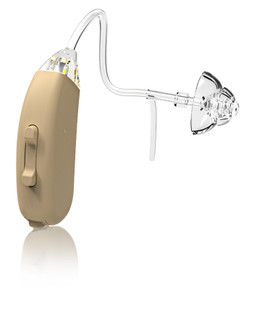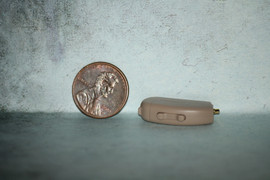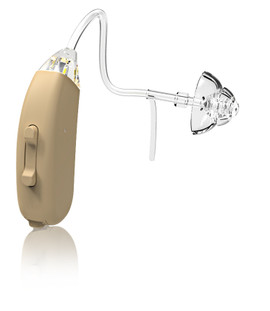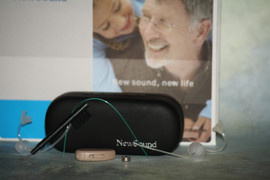Comprehensive Guide to Hearing Aid Parts and Their Functions
Posted by DR Paul on Jul 10, 2023
Hearing aids are a lifeline for those with hearing difficulties. It’s essential to have a good understanding of the functionality of hearing aids to get the most out of them. The more you know about the hearing aid’s parts and their functions, the better you can make adjustments to personalize them and optimize your hearing experience. In this blog post, we’ll cover everything you need to know about hearing aids.
The Microphone
The hearing aid microphone is responsible for picking up the sound and converting it into an electrical signal. They are sensitive to sound and can adjust to varying noise levels - from low whispers to loud blast sounds.
The Amplifier
The amplifier is the hearing aid part that strengthens the electrical sound signal that the microphone picks up. The sound goes through an amplifier that processes the sound and increases the volume of the signal. It then sends the signal to the receiver.
The Receiver
The receiver receives the amplified electrical signal converted to sound that the amplifier produces. The hearing aid receiver sends the sound into the ear canal. The receiver is the part of the hearing aid where you can personalize the loudness and clarity of the sound.
The Battery
The hearing aid's power is from the battery. The size and type of battery depend on the hearing aid type and the manufacturer. The hearing aid is typically designed in a way that will tell you when the battery needs to be replaced.
The Volume Control
The volume control is an important part of the hearing aid, helping to control the sound's loudness. The volume is adjusted according to the user's comfort level or the users' current surroundings. It's important to avoid the volume control set too high to prevent damaging learners.
Conclusion:
In conclusion, understanding hearing aid parts and their functions is crucial to getting the most out of your device. While hearing aids' functionalities can vary from manufacturer to manufacturer, the basic parts remain the same. If you have difficulty understanding how to adjust the parts on your hearing aids, don't hesitate to consult with your audiologist or hearing health professional. They can help you understand how hearing aids work, how to clean them, and how to identify the various parts and functions. With this knowledge, you can personalize your hearing aid to fit your specific needs, which ultimately leads to the best possible hearing experience.










